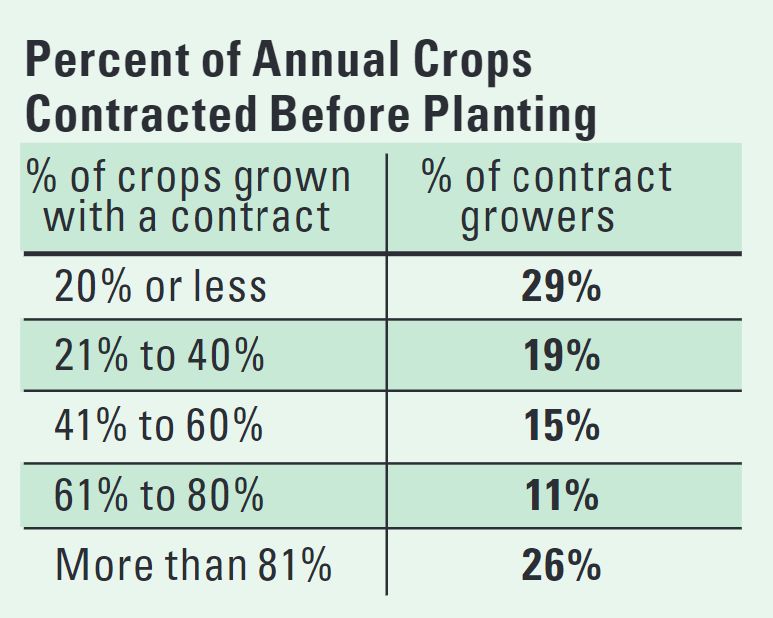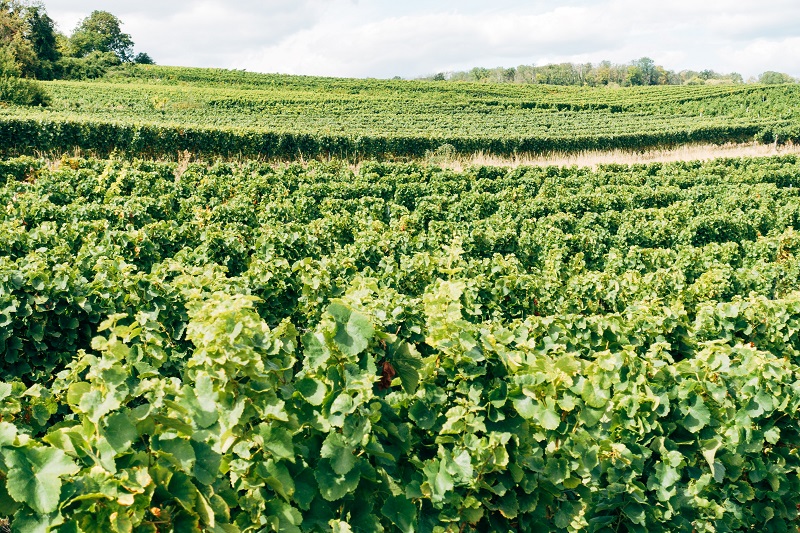This Crazy Year Demands Joint Solutions for Vegetable Market
In early June, five of American Vegetable Grower’s expert columnists got together to discuss the epidemic’s impact on you and our nation’s vegetable market. It was a fascinating discussion, since each one comes from a different part of the industry. By comparing notes, each walked away from the conversation with valuable insight.
And their viewpoints helped me view some of our State of the Vegetable Industry data in a new light. Take, for instance, our question on crop prices.
How COVID-19 Impacts Crop Prices
Overall, growers report crop prices are slightly stronger this year compared to 2019. A year ago, 45% of respondents reported their prices hadn’t increased in 10 years (some prices, in fact, were lower). This year, that improved 5 points (40%).
But the devil’s in the details. Two pricing categories saw significant shifts when comparing pre-lockdown and early lockdown responses: the most extreme price percentages. Take a look.
These results took on new light after listening in on that Zoom discussion. The experts pointed out how different growers are experiencing the pandemic in vastly different ways according to who their customers are.
Their insight lined up with what I have been hearing. Over the past few months, I’ve talked to dozens of growers. Those with mainstream crops boasting a decent shelf life destined for grocery store customers (that’s a lot of caveats, isn’t it?) had a pretty big bump in sales.
On the other hand, those who sold exclusively to the foodservice sector were left scrambling to find a market for their excess harvest. With so much produce in the channel without a market to sell to, their prices naturally fell.
So I’m also taking hope from this particular survey question’s result. Even with everything going on, only 9% of growers report a decrease in prices falling 10% or more. Don’t get me wrong — that’s a big number for a 10-year span. But it isn’t far off of the 7% who reported the same in 2019.
Although this will be a rough year, I know what TriCal Diagnostics‘ Steve Koike said in this month’s cover story is true — growers are creative-thinking survivors. You’re discovering great solutions on your own, as are your peers.
I urge you to start having Zoom meetings with fellow growers, so you can learn their creative solutions, and they can pick up on yours. During disasters, we always put competition aside and work together on a common cause. We’ll pull through this year even stronger if we do that for this crisis.
More Insights to Growing Vegetables in 2020
Growers’ Top Concerns
Even during a pandemic, some things stay the same. And production-related issues are still the top concerns for growers. Here’s what you told us were you top six concerns for 2020:

Contract Growing Insight
For the first time, we asked growers what percentage of their crops are grown under contract. And we learned contract growing is as diverse as the vegetable industry itself. Since this is the first year we’ve asked, this is merely a glimpse into the industry’s practices rather than an analysis.
First, a small majority, 58%, do not secure contracts prior to planting any of their crops.
Of those that do contract grow, we found that there is no typical percentage of crops devoted to contract growing. Take a look:

Thank you to our sponsors!













